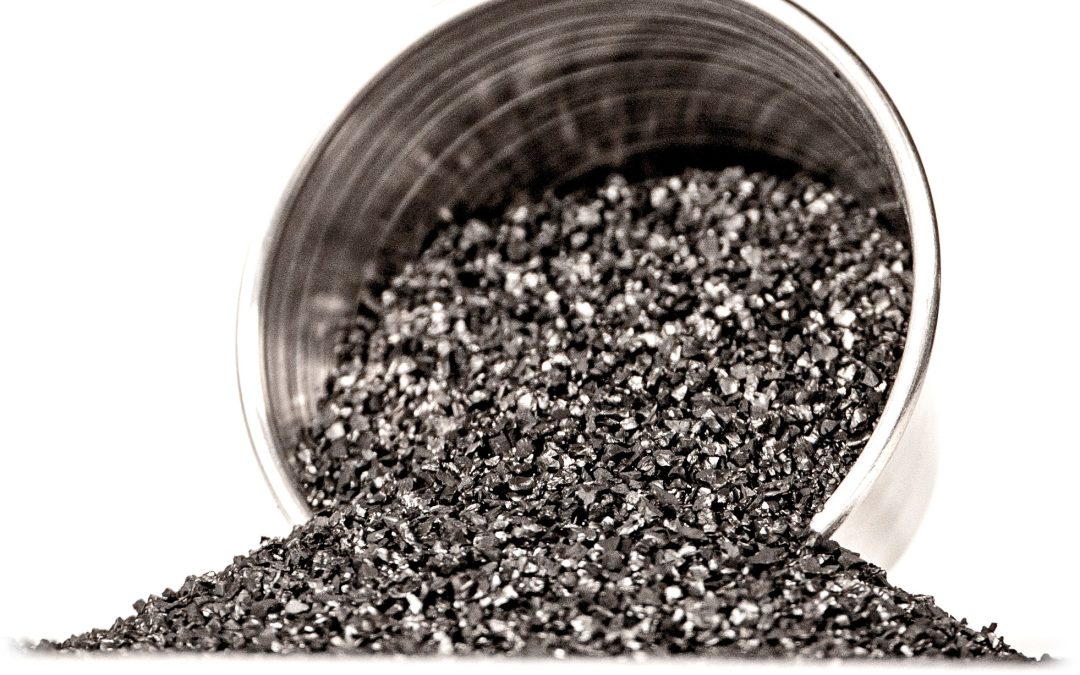Sintering Powders: What, Why and When?[Printable Version Here]Sintering Powders include two groups: Refractory Ballast...


Jun 28, 2023 | Blog, Sintering
Sintering Powders: What, Why and When?[Printable Version Here]Sintering Powders include two groups: Refractory Ballast...

Jun 21, 2023 | Blog, Sintering
Introduction: 3D printing technology has revolutionized the manufacturing industry, allowing for the creation of...
abd900, abd 3d
The sintering process is a critical step in metal 3D printing that involves the application of heat to fuse metal particles together. This process enhances the mechanical properties of the printed object, making it suitable for functional applications.
During sintering, the metal filament is heated to a temperature below its melting point, allowing particles to bond at a molecular level. This results in a denser and stronger final product. Understanding the nuances of sintering, such as temperature control and time, is essential for achieving optimal results in metal 3D printing.
Metal filament offers significant advantages in 3D printing, including durability, strength, and the ability to create complex geometries. These properties make it an ideal choice for industries requiring high-performance components.
Additionally, metal filaments can be used to produce parts that are difficult or impossible to achieve with traditional manufacturing methods. For instance, intricate designs can be easily printed, reducing waste and production time while maintaining high quality.
Metal 3D printing is increasingly being utilized across various industries, including aerospace, automotive, and medical sectors. Its ability to produce lightweight yet strong components makes it particularly valuable in applications where performance is critical.
Examples of common applications include custom tooling, prototypes, and end-use parts. The flexibility of metal 3D printing allows for rapid iteration and customization, which is essential in fast-paced industries where innovation is key.
To achieve the best results in metal 3D printing, users should follow specific guidelines tailored to the unique properties of metal filaments. These tips can help mitigate common challenges and improve overall print quality.
Key recommendations include optimizing print settings such as layer height and print speed, ensuring proper bed adhesion, and maintaining a controlled environment to minimize warping. Following these best practices can lead to successful prints and enhance the overall user experience in metal 3D printing.
abd900, abd 3d
The sintering process is a critical step in metal 3D printing that involves the application of heat to fuse metal particles together. This process enhances the mechanical properties of the printed object, making it suitable for functional applications.
During sintering, the metal filament is heated to a temperature below its melting point, allowing particles to bond at a molecular level. This results in a denser and stronger final product. Understanding the nuances of sintering, such as temperature control and time, is essential for achieving optimal results in metal 3D printing.
Metal filament offers significant advantages in 3D printing, including durability, strength, and the ability to create complex geometries. These properties make it an ideal choice for industries requiring high-performance components.
Additionally, metal filaments can be used to produce parts that are difficult or impossible to achieve with traditional manufacturing methods. For instance, intricate designs can be easily printed, reducing waste and production time while maintaining high quality.
Metal 3D printing is increasingly being utilized across various industries, including aerospace, automotive, and medical sectors. Its ability to produce lightweight yet strong components makes it particularly valuable in applications where performance is critical.
Examples of common applications include custom tooling, prototypes, and end-use parts. The flexibility of metal 3D printing allows for rapid iteration and customization, which is essential in fast-paced industries where innovation is key.
To achieve the best results in metal 3D printing, users should follow specific guidelines tailored to the unique properties of metal filaments. These tips can help mitigate common challenges and improve overall print quality.
Key recommendations include optimizing print settings such as layer height and print speed, ensuring proper bed adhesion, and maintaining a controlled environment to minimize warping. Following these best practices can lead to successful prints and enhance the overall user experience in metal 3D printing.